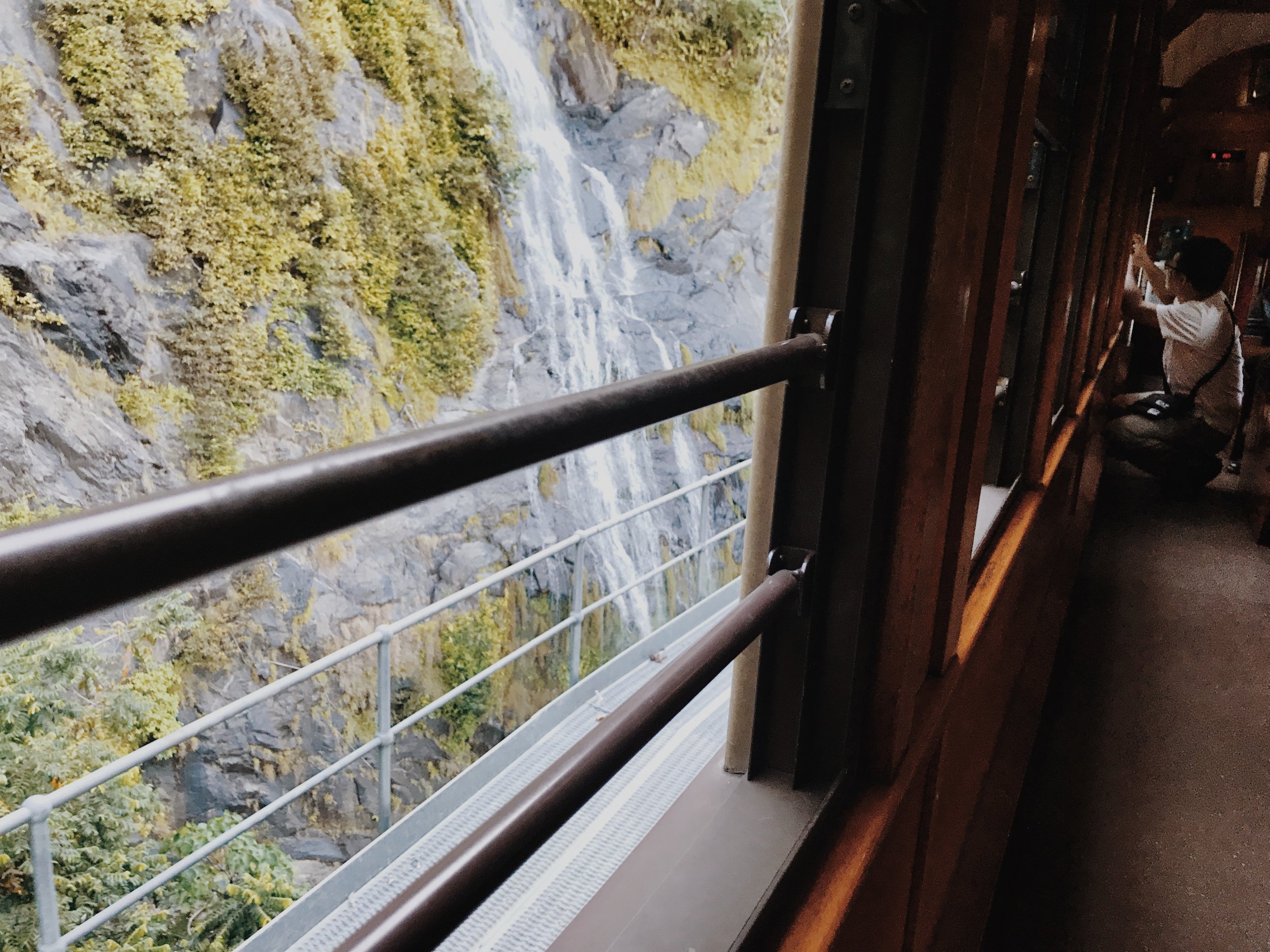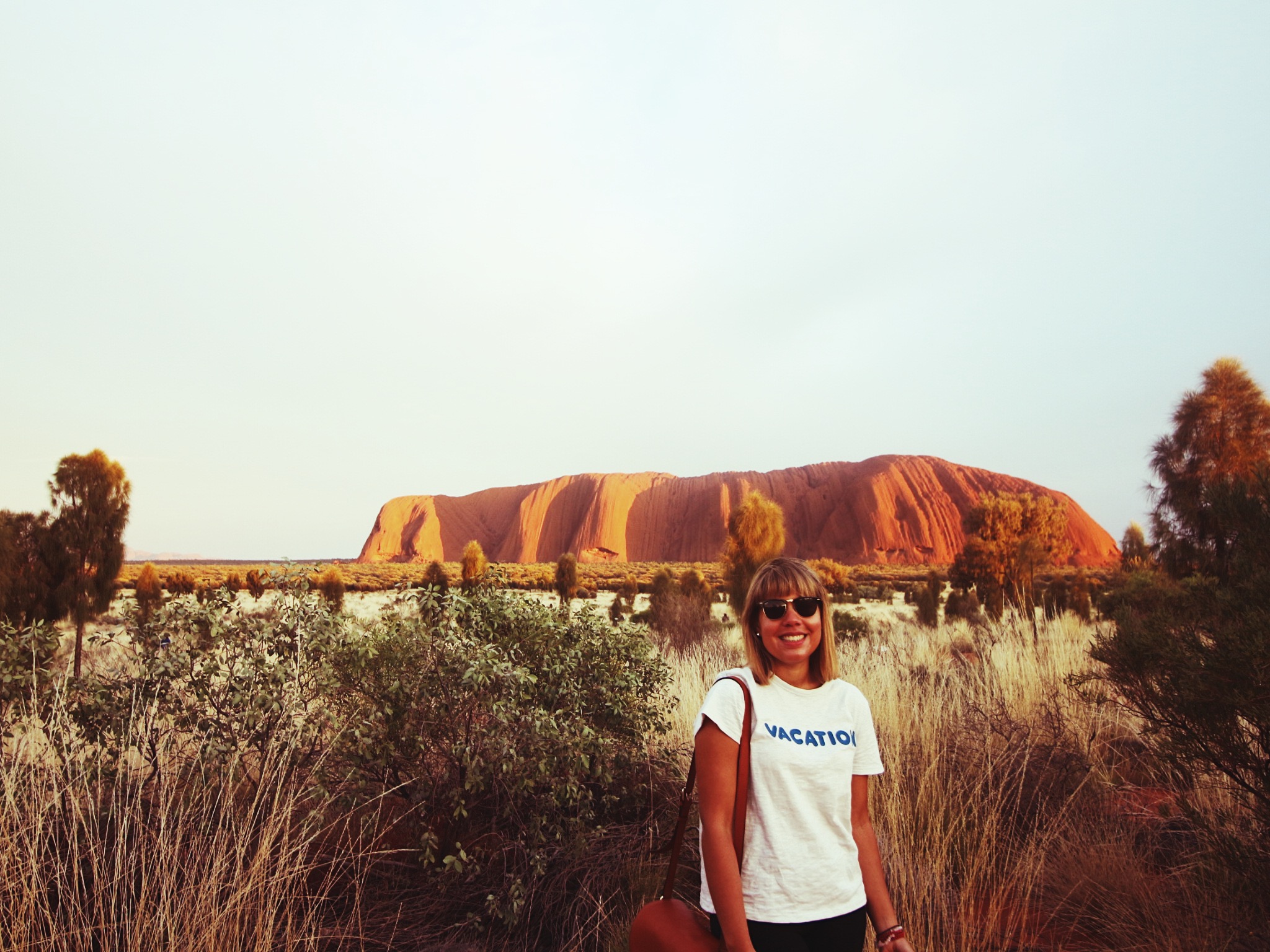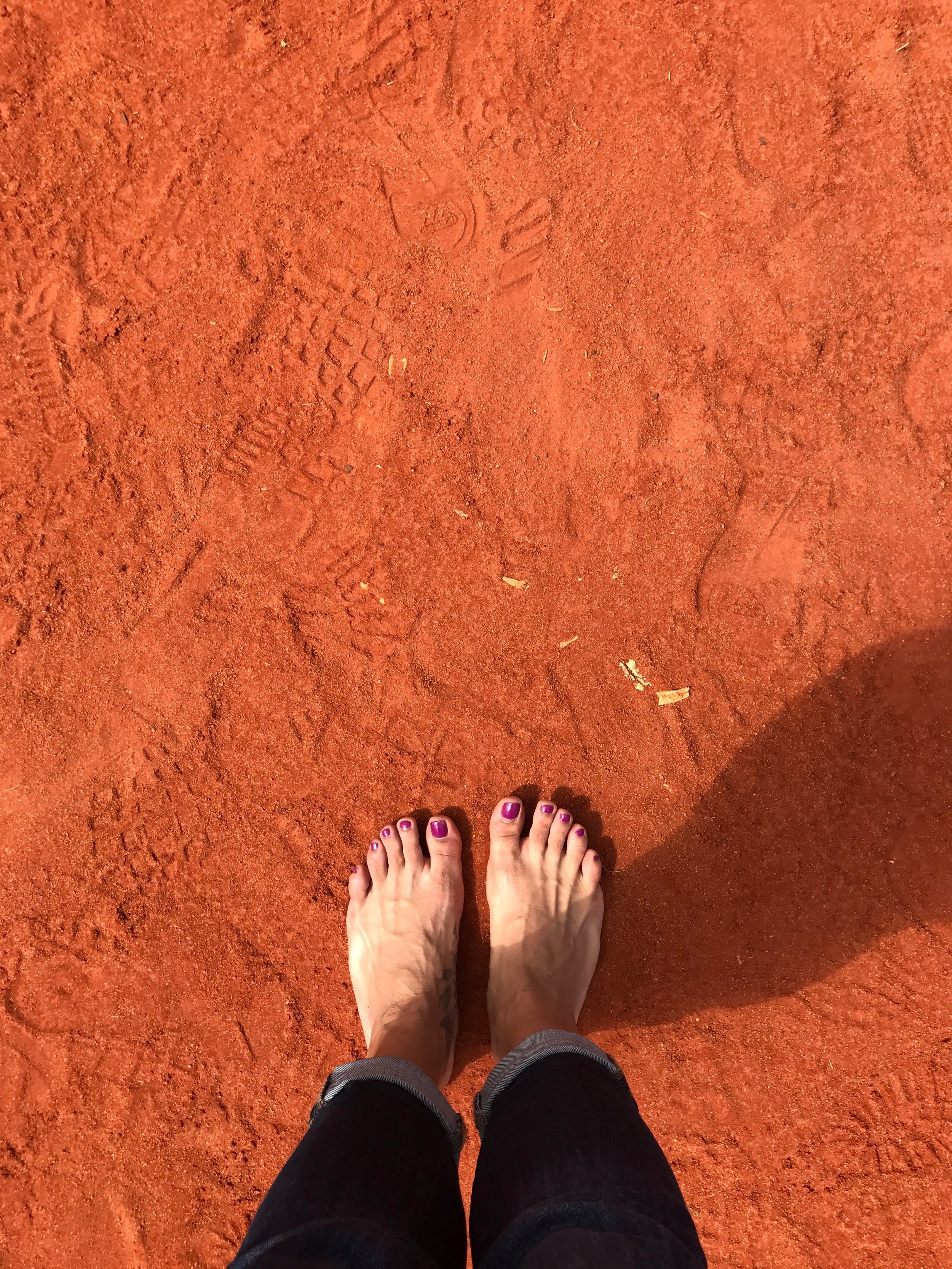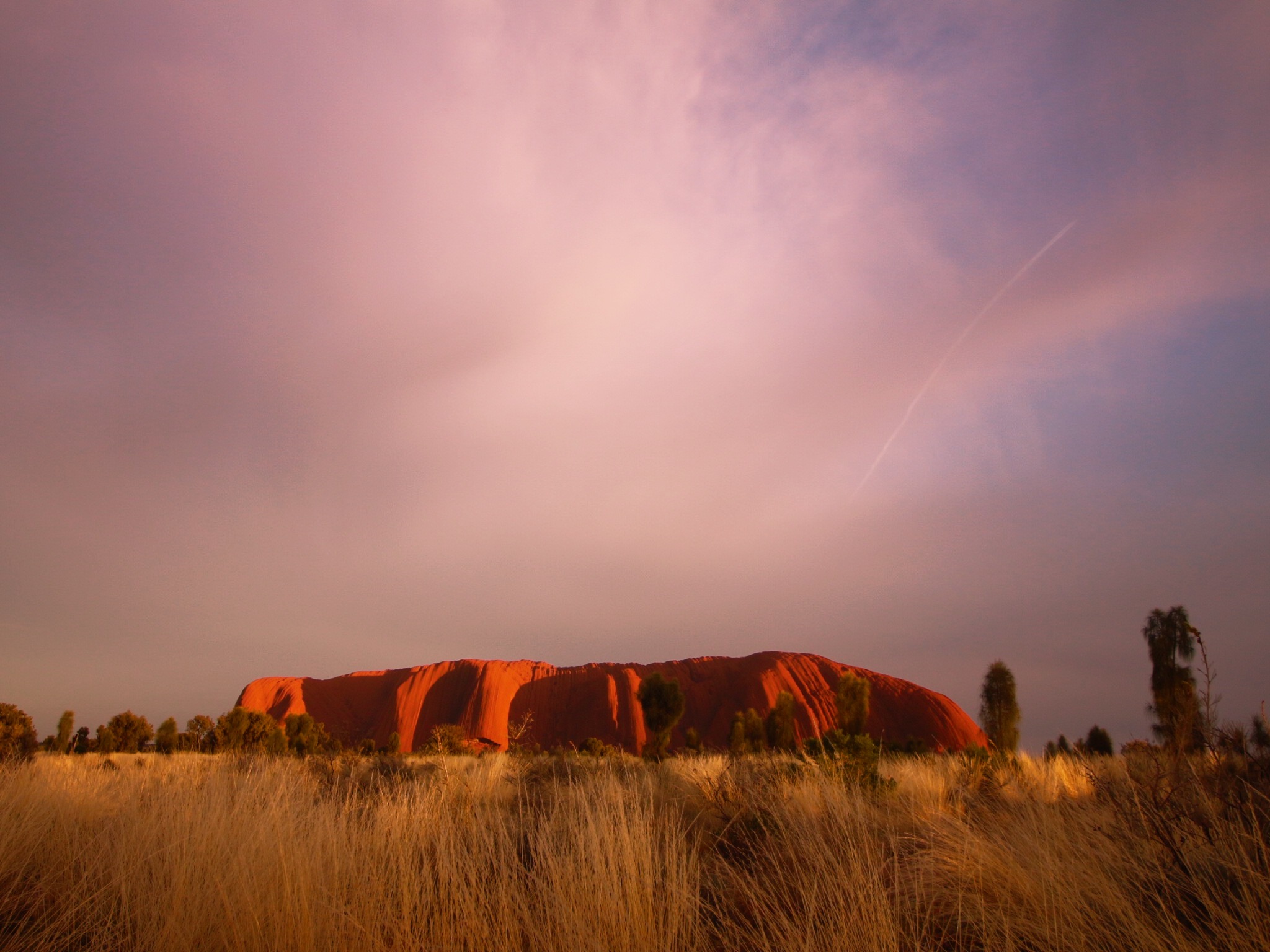In the 1800s the rail industry was blossoming. That’s when the construction of a railway began deep in an Australian rainforest. That rainforest is The Wet Tropics of Queensland on the northeast region of Australia. The train line extended from Cairns, on the coast, to Kuranda, up in the mountains.
The Kuranda Scenic Railway was completed in 1891 and started moving tourists in 1936. Today, the railway transports tourists daily (except on Christmas Day) through 23 miles of scenery.
Along the way you experience more than ride on a beautiful classic train, you also get sweeping views of multiple waterfalls, like Barron Falls and Stoney Creek Falls as well being an arm’s length away from the untouched tropical regions of the forest.
The old world charm of the train ride culminates at Kuranda Station, where you can explore the Kuranda Village. The village boasts countless attractions, restaurants and shops. We rode an amphibious World War II Army duck and learned about the indigenous culture through an interactive Pamagirri Aboriginal Experience at Rainforestation.
As part of The Wet Tropics of Queensland, the Kuranda National Park is protected as a UNESCO World Heritage Site. The area of about 450 km is known as The Wet Tropics of Queensland.
Important Info:
Heritage Class (One Way)
Adult AUS $50
Kid AUS $25
Family AUS $125
Heritage Class (Roundtrip)
Adult AUS $ 76
Kid AUS $38
Family AUS $190
Royale Service (One Way)
Adult AUS $73
Kid AUS $48
Family AUS $217
Royale Service (Roundtrip)
Adult AUS $122
Kid AUS $84
Family AUS $374
Hours: Open daily, except Christmas Day
Website: https://www.ksr.com.au/


























